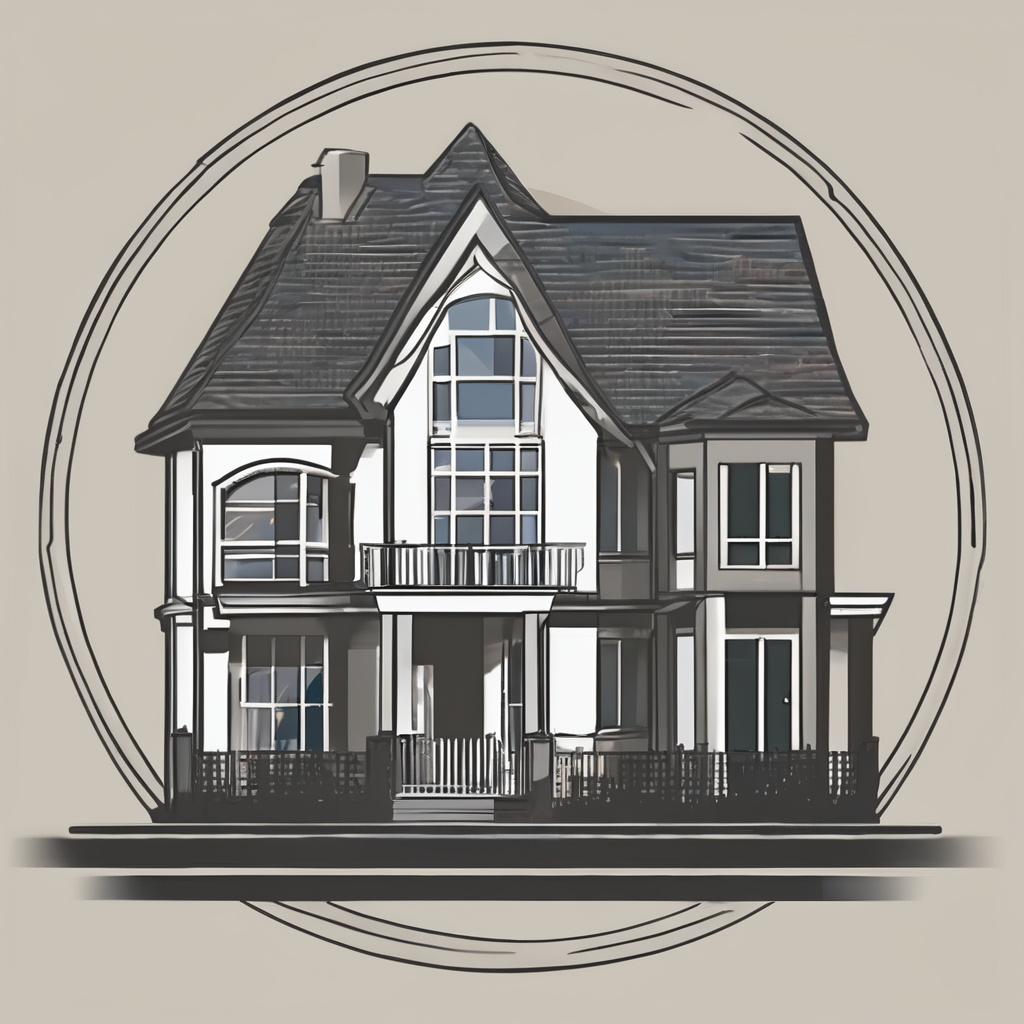As you set out to undertake your dream project of converting a classic UK barn into a cozy, livable space, there’s more to consider than just the building and design aspect. A crucial part of your development project will be navigating the legalities, including obtaining the necessary planning permissions. This article will guide you through the various permissions and regulations related to barn conversions in the UK.
Understanding Permitted Development Rights for Agricultural Buildings
Before the planning and building of your barn conversion begins, you must understand the concept of Permitted Development Rights (PDR). PDRs are a national grant of planning permission which allows certain building works and changes of use to be carried out without having to make a planning application.
Dans le meme genre : How can UK property developers utilize green technology to attract buyers?
In 2014, the UK Government introduced Class Q of the General Permitted Development Order, which allows the change of use of agricultural buildings to residential use. This was done to address the housing shortage and to utilise the unused agricultural buildings.
However, Class Q rights are not a blanket permission. They come with limitations and conditions, and you’ll need to verify that your development project falls within those conditions.
A découvrir également : How to determine the rental price for UK properties in high-demand urban areas?
Class Q and Its Implications for Barn Conversions
Class Q permission is specifically aimed at converting agricultural buildings – like barns – into homes. But what does Class Q involve?
Class Q states that an agricultural building and its land within its curtilage can be changed to a use falling within Class C3 – that is, a dwelling house. This includes the building operations reasonably necessary to convert the building into a dwelling house.
However, under Class Q, there are limitations on the physical development associated with the conversion, and the number of homes that can be created from agricultural buildings on an agricultural unit. For example, the total floor space of the existing buildings within an established agricultural unit which may change use is 465 square metres.
The Class Q rights also do not apply in certain designated areas, like Areas of Outstanding Natural Beauty, Conservation areas, World Heritage Sites and Sites of Special Scientific Interest. Furthermore, if your barn is listed, you will require additional consent to convert it.
Applying for Planning Permission
If your barn conversion does not meet the criteria of Class Q, or if you wish to undertake more extensive building works, you will need to apply for planning permission from your local planning authority.
When you submit your application, you will need to include a written description of your proposal, a site plan and blueprints of your design concept. You may also need to provide an ecological survey, structural survey, or bat survey depending on the local policies.
As part of the application process, your local planning authority will consider factors like the impact of the conversion on the local area, the design quality, and the sustainability of the conversion. They will also consult with the public and statutory consultees, before making a decision on your application.
Building Regulations and Barn Conversions
Even if your barn conversion benefits from Class Q or other planning permissions, it will still need to comply with Building Regulations.
Building regulations are minimum standards for design, construction and alterations to virtually every building. They are developed by the UK government and approved by Parliament.
These cover all aspects of construction, including foundations, damp-proofing, the overall structure, insulation, ventilation, heating, fire protection and means of escape in case of fire.
Prior to starting your conversion project, a detailed application will need to be submitted to and approved by Building Control (a department within your local council). The application will need to show that your proposed conversion will comply with all relevant Building Regulations and once work starts on the project, the building control surveyor will visit the site at various stages to inspect the work and ensure it complies with the Building Regulations.
Although it may seem like a complex and daunting process, understanding and navigating the planning permissions and building regulations is crucial to a successful barn conversion. By doing so, not only will you ensure your project is legal and safe, but it could also enhance the value and enjoyability of your newly converted house.
Prior Approval and the Role of Local Authorities in Barn Conversions
Before diving headfirst into your barn conversion project, it’s important to understand the concept of prior approval. This is a specific form of planning consent required under the General Permitted Development Order. Class Q rights are subject to the condition of obtaining prior approval from the local planning authority.
Under the prior approval process, local authorities assess the potential impacts of the proposed development, including highways and transport issues, noise impacts, contamination risks, and flood risks.
Requesting prior approval involves submitting a request to your local planning authority. This allows them to consider whether your project’s specifics need full planning permission. If your development is found to be within the guidelines set under Class Q, it will not require full planning permission. However, if the local authority deems the development could have adverse effects beyond those usually associated with residential developments, they may require you to submit a full planning application.
In addition, local authorities have a say on design or external appearance, and the provision of adequate natural light in all habitable rooms of the property. This is why it’s necessary to include a detailed plan of your barn conversion when requesting prior approval.
Bear in mind that when dealing with a listed barn or a barn in a conservation area, the rules surrounding planning permission and permitted development rights become more stringent. Under these circumstances, you may require full planning permission regardless of Class Q rights, and the process may involve more assessments and consultations.
The Conclusion: Converting a UK Barn into Residential Use
In conclusion, repurposing an old barn into a livable space in the UK requires careful navigation of the country’s planning legislation. This journey begins with understanding the concept of Permitted Development Rights, namely Class Q, which allows changing agricultural buildings into residential spaces under certain conditions.
However, not all barn conversions fall under the Class Q rights. If your project doesn’t meet these criteria or if you plan to undertake more extensive works, you’ll need to apply for planning permission from your local planning authority. This permission is not granted lightly, as authorities consider impacts on the local area, the design quality, and the sustainability of the conversion.
Regardless of whether you’re utilising Class Q rights or have obtained planning permission, your barn conversion must adhere to the Building Regulations, which are minimum standards for design, construction, and alterations to virtually every building.
Finally, seeking prior approval from local authorities is a crucial step in barn conversions as it allows these authorities to assess potential impacts of the proposed development. This is particularly important if your barn is listed or located in a conservation area, as the rules surrounding planning become much more stringent.
By understanding and adhering to these procedures, you can ensure that your barn conversion project is not only legal and safe, but also increases the value of your property. Despite the process seeming daunting, navigating it correctly could turn your old barn into the home of your dreams.






